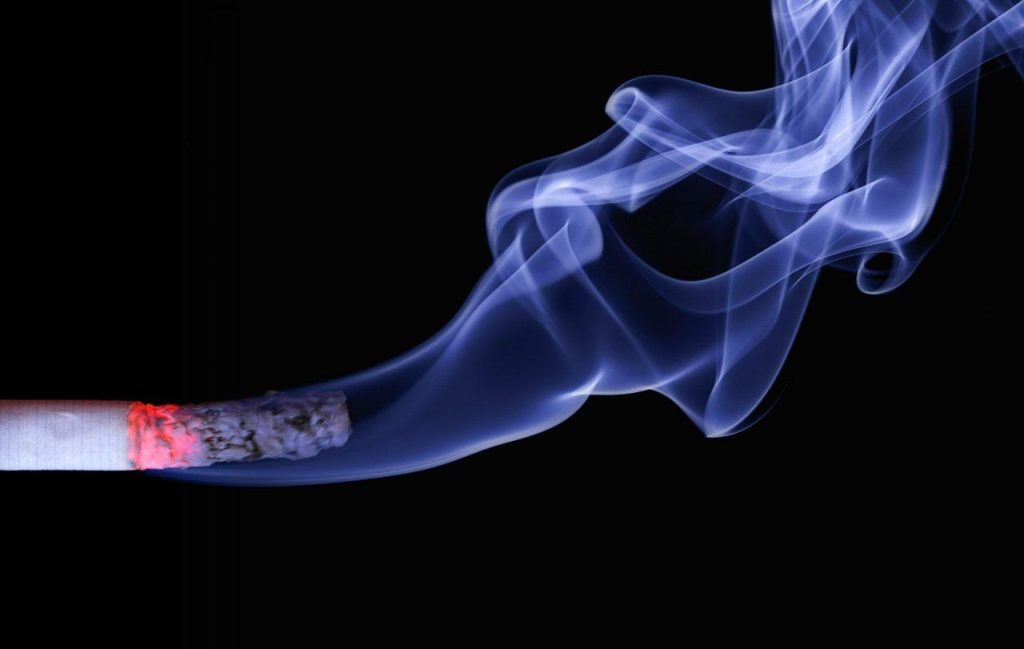Key takeaways Quitting smoking elevates mental health, reduces anxiety. Nicotine initially relieves stress, exacerbates anxiety later. Withdrawal symptoms are stressful, last briefly Improved mood, better stress management follow cessation. Quality of sleep enhances after overcoming restlessness. Smoking and mental health are closely related. Smoking is sometimes seen as a release from stress and anxiety, but it can actually make things worse. Smoking may reduce anxiety levels temporarily, but then raise your heart rate and cause irritability, insomnia, and depression.Quitting smoking can better your mental health by eliminating nicotine, addiction to which can contribute to heightened levels of stress, anxiety and…
Key takeaways After 6 days, your body begins healing. Circulation improves, heart rate returns to normal. Carbon monoxide levels in blood decrease. Lungs start to clear out harmful toxins. Antioxidants increase, taste and smell improve. You’ve successfully made it to six days without smoking — a huge accomplishment worth celebrating!Kicking the habit isn’t easy, but it’s one of the best decisions you can make for both your health and your finances.By this stage, you’ve already gotten through the toughest part of nicotine withdrawal, and your body has started making remarkable improvements.So, what exactly happens after six smoke-free days, and what…
Key takeaways Smoking disrupts menstrual cycle, affecting flow and pain. Quitting smoking positively impacts menstrual health. Smoking intensifies PMS, causing heavier bleeds and pain. Nicotine hinders hunger cues, leading to weight loss. Quitting smoking helps repair body systems, restoring health. Smoking impacts nearly every system in your body, including your menstrual cycle. It can cause heavier bleeding, increase pain, or in some cases even stop your periods altogether.The encouraging news is that your cycle can normalize once you commit to quitting for good.Interestingly, giving up smoking during your cycle may allow you to notice improvements sooner, making it easier to…
Key takeaways Nicotine replacement supports smoking cessation with patch. Quit smoking aided by effective nicotine patches. Nicotine patches ease withdrawal symptoms for quitters. Do nicotine patches really help smokers quit? Nicotine patches gradually wean off smoking addiction. With the right therapy, support, and motivation, a motivated smoker can quit smoking for good.It’s okay if you’ve tried to quit cold-turkey. While it’s not one of the best ways to quit (most GPs expect motivated smokers to fail their first cold turkey attempt), it’s a step in the right direction.After your cold-turkey attempt, you’ve most likely read about nicotine replacement therapies (NRT).…
Smoking is still the number one cause of illness, disability, and premature death in Australia. It’s responsible for 9.3% of the disease burden here, leading to around 15,000 deaths each year due to smoking-related illnesses. Tobacco use doesn’t just harm your health; it also takes a toll on the environment and economy, contributing to social inequalities.The good news is that a range of successful strategies and programs have been rolled out to help cut down smoking rates. So, let’s take a look at what’s being done in the community to help you quit and share some handy resources to support you on your…
Key takeaways Nicotine acts as both a stimulant and depressant. Stimulant effects include dopamine release, boosting mood. Depressant elements arise from reliance on external stimuli. Smoking cessation can lead to nicotine withdrawal depression. Nutritional Psychiatry emphasizes the link between diet and mood. Is nicotine linked to depression? Clearly, it’s linked to a smoker’s mood as after all, nicotine releases dopamine, the feel-good chemical that helps us develop habits.Unfortunately, that’s what nicotine can do — create habits that can be dangerous to our overall health.Almost every smoker knows that cigarette smoke has over 7,000 dangerous chemicals and 69 known carcinogens, but…
Key takeaways Smoking is addictive due to nicotine addiction. Emotional and situational triggers contribute to smoking. Nicotine stimulates dopamine release, creating pleasure. Withdrawal symptoms intensify within hours of quitting. Quitting success improves with professional help. Quitting smoking isn’t easy, especially since cigarettes are designed to keep you hooked. It’s more than just wanting to stop—things like emotional triggers and nicotine addiction play a huge part in why people struggle to quit.Are you someone who smokes but still wonders why people continue, even though we all know the health risks? Well, you’re not alone!Let’s break down the reasons why people start…
Key takeaways Cigarette prices in Australia surged due to taxes A pack now costs around $40 on average Heavy taxes aim to deter smoking Smoking rates halved since 1995 Quitting saves money and improves health Rising Cigarette Costs and Their Impact on Smoking Rates in AustraliaOver the past three decades, cigarette prices in Australia have climbed sharply, primarily due to ongoing tax increases designed to discourage smoking.Public health organisations have long campaigned for these higher excise rates and strict advertising bans, pushing Australia to the forefront of tobacco control. As a result, smoking prevalence among Australians aged 14–50 has dropped significantly…
Key takeaways Quitting smoking introduces many benefits within just one year One year smoke-free: Heart health improves significantly. One month: Skin appearance improves noticeably. Nine months: Asthma symptoms, breathing issues diminish. One year: Reduced coronary heart disease risk. After 12 months of quitting smoking, you can be sure your body is already on its way to recovery. You’ve gone through the worst of nicotine withdrawals and your psychological symptoms are out of the door at this point.For sure, you’re feeling well that your body is returning to excellent health after 12 months of quitting smoking.Let’s see exactly what you’re feeling…
Key takeaways Smoking speeds up skin aging process. Nicotine causes complexion changes, dullness. Skin healing impaired, blood flow reduced. Smoking increases risk of skin cancer. Quitting smoking improves skin over time. We know smoking is bad for our health. Decades of research have proven that smoking is the leading risk factor for disease burden in Australia.It is linked to 39 diseases, including 19 types of cancer, 7 types of cardiovascular disease, and chronic obstructive pulmonary disease.Smoking impacts every organ in the body — including the skin. From speeding up the effects of aging to causing skin cancers, smoking can significantly…









